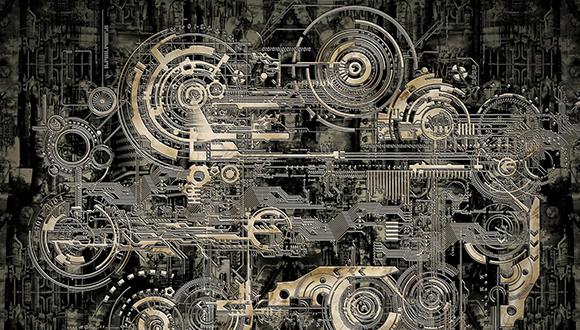School of Mechanical Engineering dana pousty and Ortal Shelah
School of Mechanical Engineering Seminar
Wednesday, May 29, 2019 at 14:00
Wolfson Building of Mechanical Engineering, Room 206
Effect of Wavelength and Intensity on E. coli Inactivation Kinetics
Abstract for IUVA Conference
Dana Pousty
M.Sc. student of Prof Hadas Mamane and Ron Hofmann
1School of Mechanical Engineering, Environmental Engineering Program, Tel Aviv University, Tel Aviv 69978, Israel
2Department of Civil Engineering, University of Toronto, 35 St. George Street, Toronto, Ontario, Canada M5S 1A4
UV disinfection efficiency depends on the UV-dose, which is defined as the product of average incident irradiance (fluence rate) and exposure time, corrected by water absorbance, petri factor and reflection factor. It has been reported that the same time-dose reciprocity may not apply to microorganisms when exposed to different light intensities. Sommer et al. 1996, reported that E.coli showed higher UV inactivation when applying a high UV intensity over short exposure times. UV light-emitting diodes (LEDs) are considered as alternatives to UV mercury lamps in water treatment. These UV sources allow flexible design of reactors, and enables tuning the wavelength; require no lamp warm-up time; can be operated by intermittent flow and at ambient temperature to avoid fouling; and can use a DC voltage.
However, LED technology is currently limited to low power input and radiant flux (output). Such low irradiances might affect the expected time-dose reciprocity as described above. The goal of this research was to examine the time-dose reciprocity on E. coli using UV-LEDs at different wavelengths and irradiances, and compare the results to the time dose reciprocity in low-pressure (LP) lamps.
The following results were observed: (1) LP - high average intensity over long exposure times result in higher inactivation. (2) LED at 265 nm - no significant differences were observed between the low average intensity and the high average intensity. (3) LED at 275 nm - minor differences were observed between the low average intensity and the high average intensity. (3) LED at 295 and 285 nm - significant differences were observed - low average intensity over long exposure times resulted in higher inactivation.
The literature does not provide any explanation for the inactivation kinetic differences between the wavelengths and the intensities. Ongoing research is being conducted to examine whether metabolic mechanisms are affected differently by the different wavelengths and intensities.


